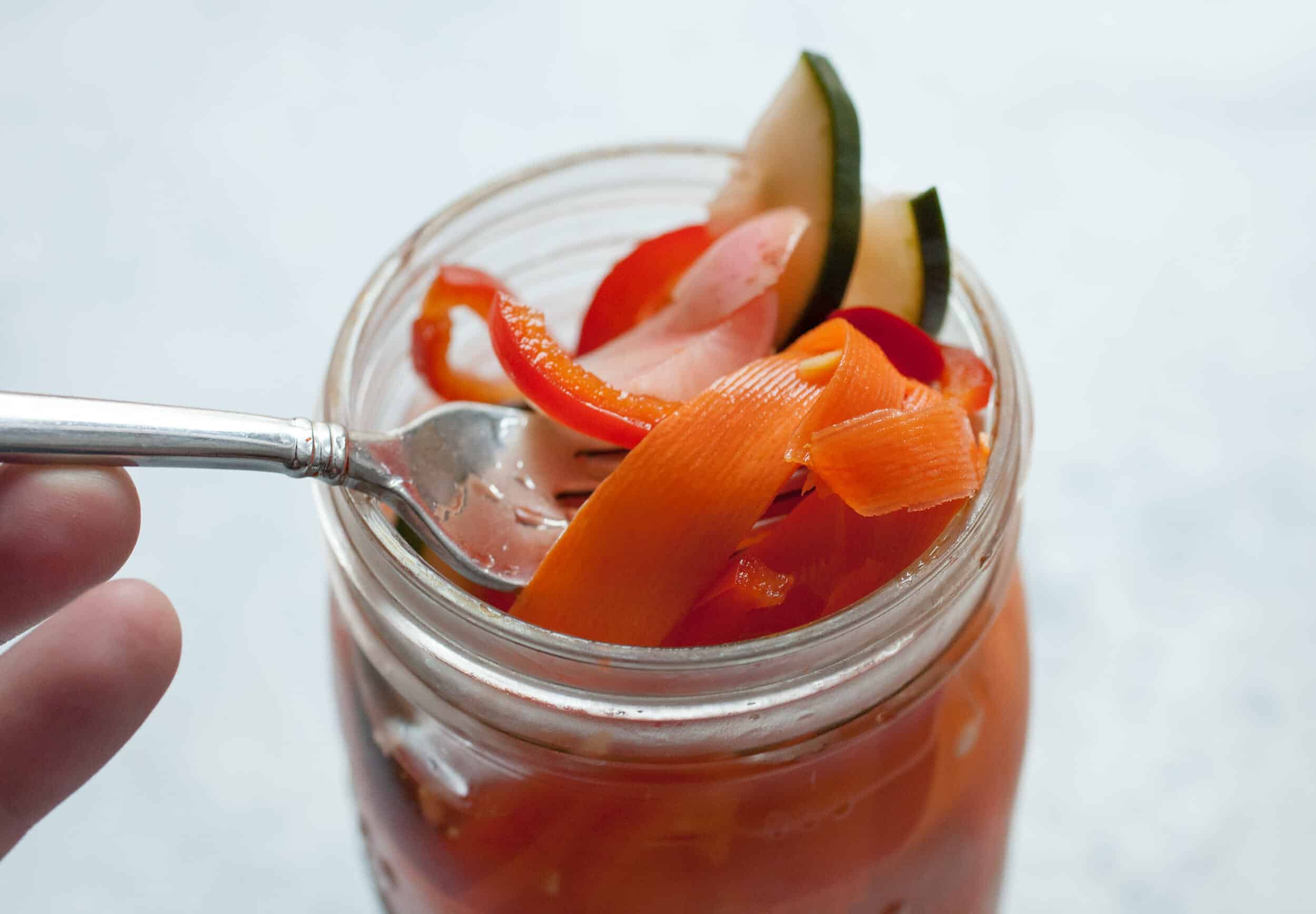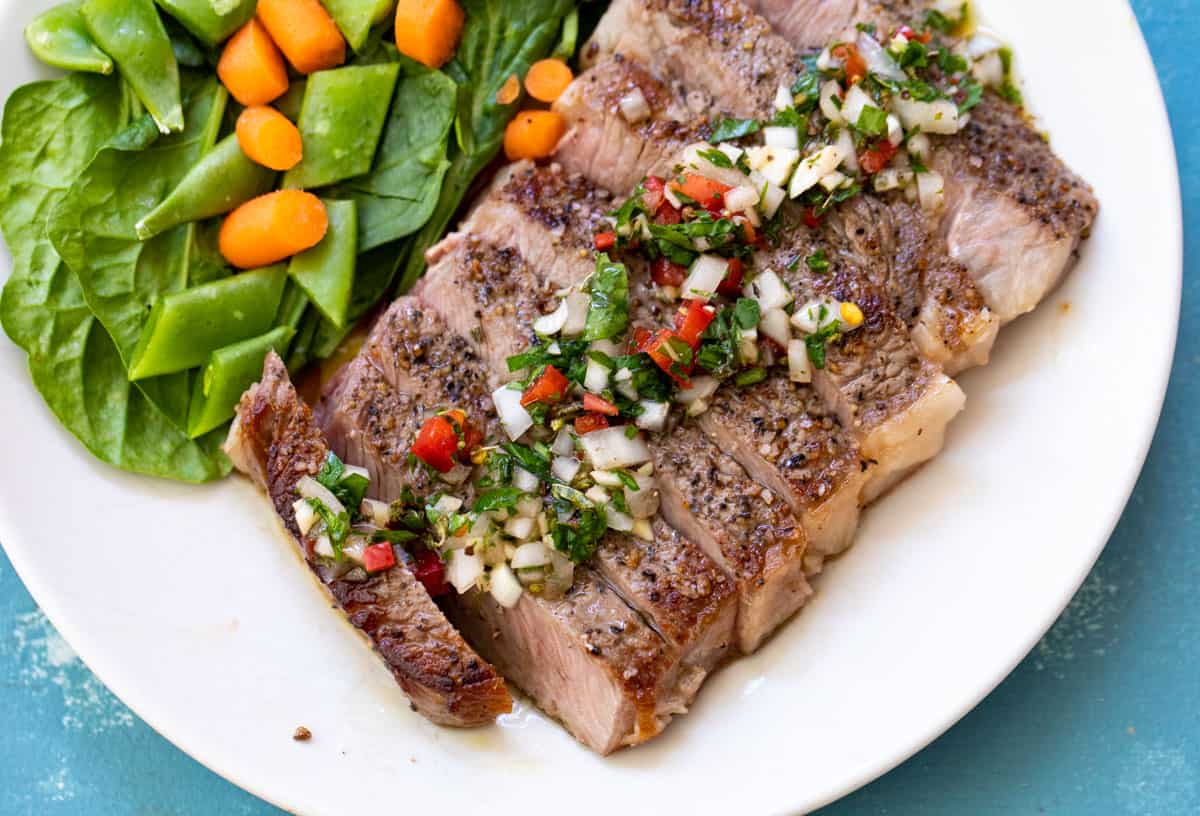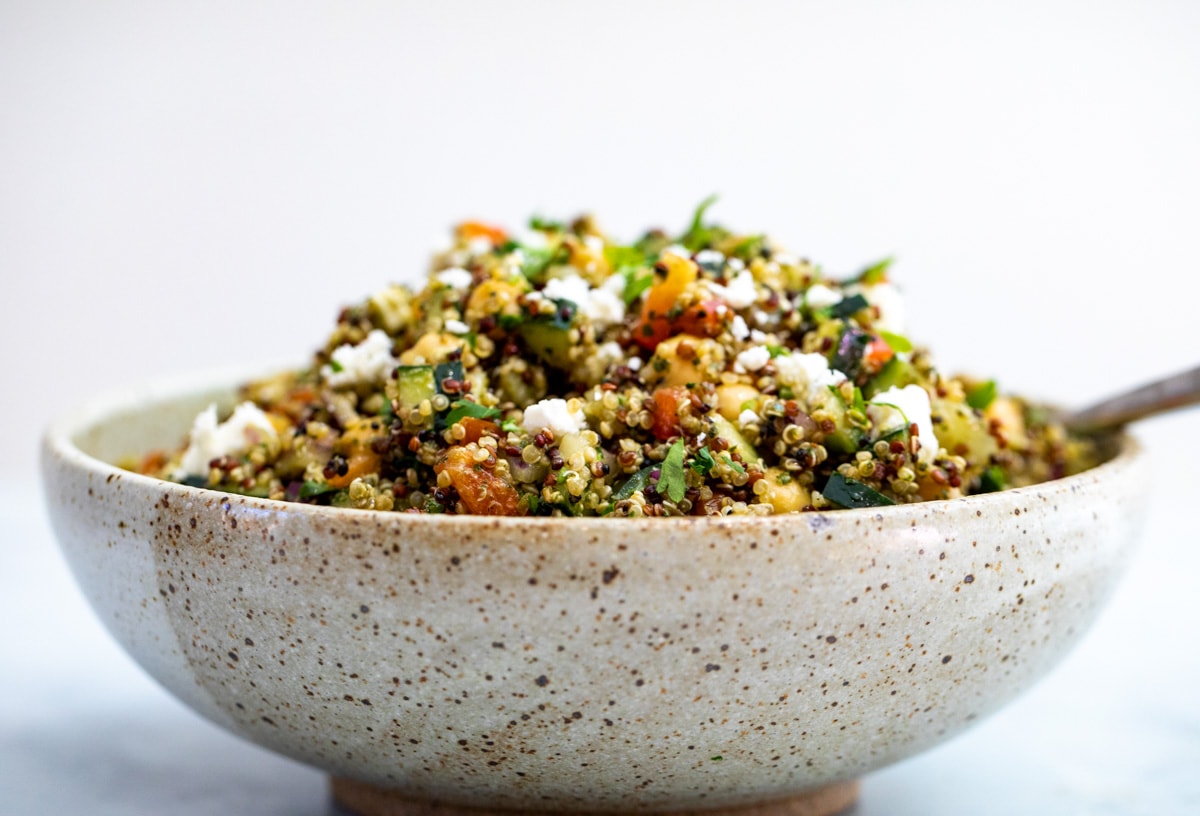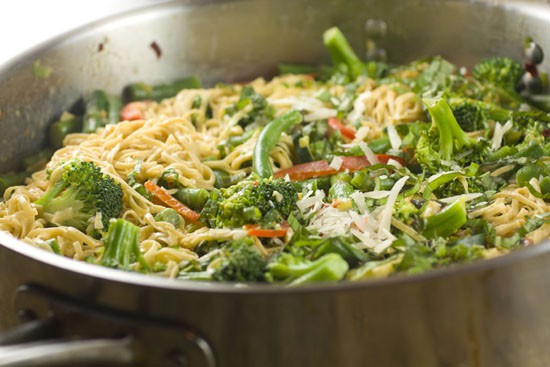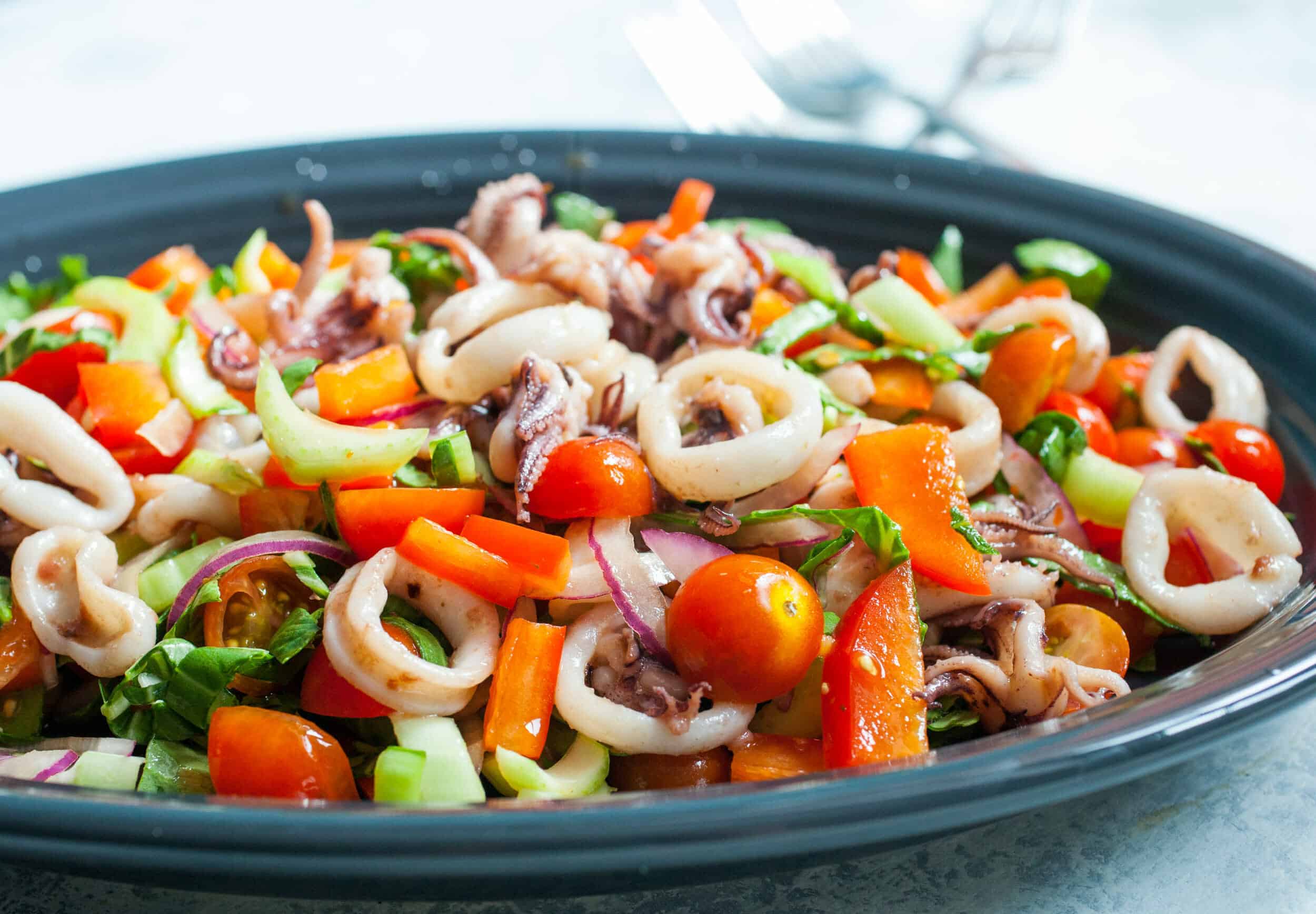Red Bell Pepper: Important Facts, Health Benefits, and Recipes
Learn about the health benefits, nutritional information, and culinary uses of red bell peppers, as well as how to store and select different types for your recipes.
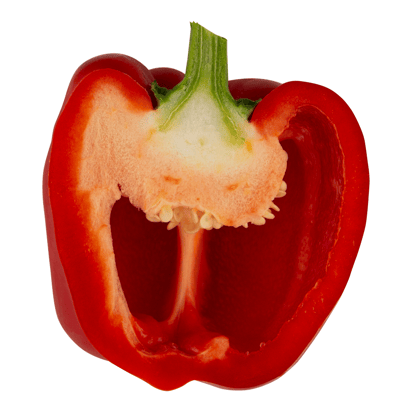
Nutritional Facts
1 medium
Amount per serving
Calories
30.9
Carbohydrates
7.2 g
Fat
0.4 g
Protein
1.2 g
Saturated Fat
0.1 g
Sodium
4.8 mg
Fiber
2.5 g
Sugar
5 g
Best Red Bell Pepper Recipes
-

-

-

-
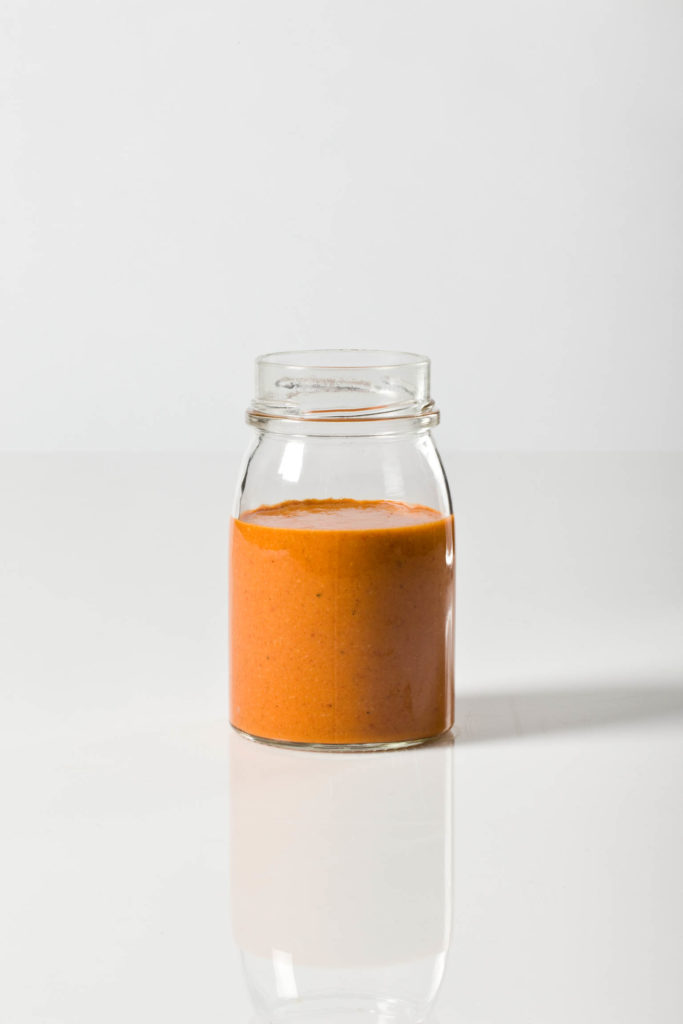
-

-

-

-
:max_bytes(150000):strip_icc()/__opt__aboutcom__coeus__resources__content_migration__serious_eats__seriouseats.com__recipes__images__2013__09__20130903-265217-ajvar-e5097e43dd1a4ca7ba451d70ff1b1fea.jpg)
-
![Red Pepper Mousse with Garlic Toasts Recipe | Cook the Book Image]()
-
![<i>Obe Ata</i> (Nigerian Red Pepper Sauce) Recipe Image]()
-
![Sausage and Peppers Image]()
-
![Stuffed Peppers Image]()
-
![Beautiful Red Bell Cocktail Image]()
-
![Red Curry Chicken Image]()
-
![Eggplant Orzo Bake Image]()
-
![Liver and Onions Image]()
-
![Pickle Juice Veggies Image]()
-
![Southwestern Hash Browns Image]()
-
![Kid Friendly Chicken Ramen Soup Image]()
-
![Soba Noodles with Peanut Sauce Image]()
-
![Argentine Chimichurri Image]()
-
![Crispy Chickpea Tacos Image]()
-
![Thai Spaghetti Squash with Peanut Sauce Image]()
-
![13 Bean Soup (Vegetarian) Image]()
-
![Sausage and Pepper Hot Pockets Image]()
-
![Szechuan Beef Noodles Image]()
-
![Pulled Chicken Frito Pies Image]()
-
![Rotisserie Chicken Breakfast Burrito Image]()
-
![Leftover Turkey Fajitas Image]()
-
![Sheet Pan Tempeh Buddha Bowls Image]()
-
![Sesame Angel Hair Pasta Image]()
-
![Sausage and Tortilla Breakfast Casserole Image]()
-
![Pesto Quinoa Salad Image]()
-
![Spicy Black Bean Patties Image]()
-
![Savory Grits Bar Image]()
-
![Campfire Jambalaya Image]()
-
![Rainbow Spring Rolls Image]()
-
![Grilled Fish Tacos Image]()
-
![Chipotle Chicken Taco Bowls Image]()
-
![Sriracha Chicken Spring Rolls Image]()
-
![Mushroom and Chicken Soup Image]()
-
![Breakfast Crunch Wraps Image]()
-
![The Tempeh Scramble Image]()
-
![Spring Pasta Primavera Image]()
-
![Calamari Salad Image]()
-
![Lengua Tacos Image]()
-
![Carne Asada Hash Image]()
-
![Pork Spring Rolls Image]()



:max_bytes(150000):strip_icc()/__opt__aboutcom__coeus__resources__content_migration__serious_eats__seriouseats.com__2020__02__20200224-obe-ata-vicky-wasik-23-48ef3dfb1176452f99d4a0c6fbed3e16.jpg)






